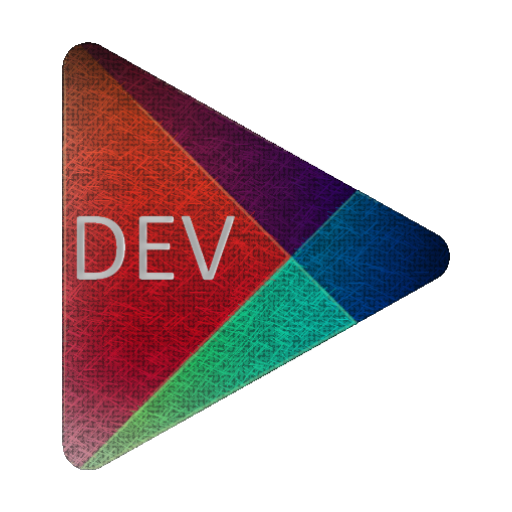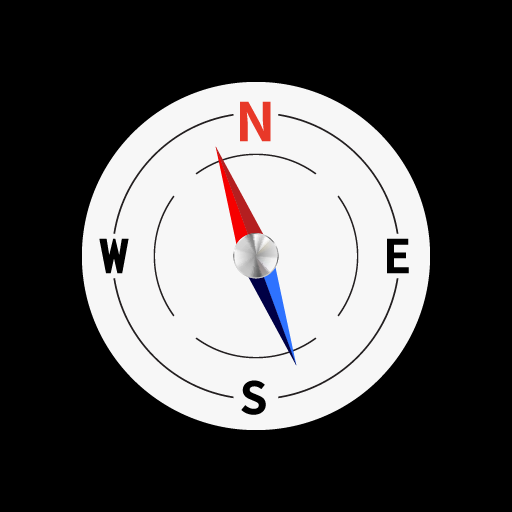This is the simple Google Play Developer Console Web Console app to show your Google Play Developer Console Web page like on your PC

| Name | Android Developer Play Store |
|---|---|
| Publisher | CSTRSK |
| Genre | Tools |
| Size | 15MB |
| Version | 1.0 |
| Update | June 24, 2025 |
| Get it On | Play Store |
| Report | Report Apps |
Preview
A Complete Guide for Android Developer Play Store
The Google Play Store is the ultimate platform for Android developers to showcase their apps and reach billions of users worldwide. Whether you’re a solo developer, a tech entrepreneur, or part of a seasoned software engineering team, publishing your app on the Play Store is a critical step in your app’s success story. But with the Play Store hosting millions of apps, standing out requires more than just uploading your APK.
This guide will walk you through every step of the process, from preparing your app to monetizing it effectively, and includes actionable tips to ensure your app gets the visibility and success it deserves.
Preparing Your App for the Google Play Store
Before hitting “publish,” it’s essential to ensure your app meets Google’s guidelines and is fully optimized for both functionality and user experience.
1. Adhere to Google’s Developer Guidelines
The first step is to carefully review the Google Play Developer Program Policies. Ensure your app follows all rules regarding content, ads, user data, and privacy. Non-compliance can lead to rejection or removal from the store.
2. Test, Test, and Test Again
Run thorough tests to ensure your app is stable across multiple devices. Be sure to test features, compatibility, and responsiveness under different conditions. Tools like Firebase Test Lab help simulate different environments.
3. Localize Your App
Localization is key to making your app appealing to a global audience. Translate your app into relevant languages (e.g., Google Play supports 18 languages) to expand your audience base.
4. Prepare App Assets
Ensure you have all necessary assets, including:
- APK/AAB files (built and signed).
- High-resolution app icons (512×512 px).
- Screenshots (at least 2 for each supported device).
- A feature graphic for promotional purposes.
Optimizing Your App Listing for Maximum Visibility
A well-optimized app listing can significantly boost your app’s discoverability and downloads. This process is commonly referred to as App Store Optimization (ASO).
1. Keywords and Titles Matter
Choose a descriptive and keyword-rich title for your app. For example, “Duolingo – Learn Languages Free” clearly outlines the app’s purpose and uses high-traffic keywords.
2. Write an Engaging App Description
Focus on explaining your app’s value proposition within the first three lines, as users often skim through descriptions. Highlight features like APK uploading, language options, and analytics tracking that make your offering unique.
3. Use High-Quality Visuals
Visuals are crucial. Invest in high-resolution screenshots and demo videos that showcase your app’s features and user interface. Apps like Headspace use compelling visuals combined with a clear call to action in their listings.
Mastering Launch Strategies
A strategic launch plan can set the stage for your app’s success. Follow these steps to maximize impact.
1. Leverage Beta Testing
Beta testing allows you to collect user feedback and fix potential issues before a global release. Use the Google Play Console to set up closed or open beta tests.
2. Create Pre-Launch Campaigns
Build anticipation for your app through pre-launch marketing. Pokémon GO, for instance, saw massive success by creating hype months before release through teasers and beta invites.
3. Utilize Social Proof
Encourage early users to leave ratings and reviews. Positive feedback builds trust and encourages others to download your app.
Post-Launch Best Practices
After your app goes live, your work doesn’t end. Continuous improvement is essential to staying relevant.
1. Monitor Performance
Use the Google Play Developer Console to track downloads, user demographics, crash reports, and more. Analyzing these insights helps you make data-driven decisions for updates.
2. Plan Regular Updates
Keep your users engaged by regularly updating your app with new features, bug fixes, and improved functionalities. Apps like Spotify achieve high retention rates by constantly enhancing their user experience.
3. Act on User Feedback
Listen to reviews and act on constructive criticism. Engaged users appreciate developers who adapt and improve based on their feedback.
Monetization Strategies for Android Apps
Monetizing your app effectively can turn it into a profitable venture. Here are popular monetization methods to consider.
1. In-App Purchases
Allow users to buy virtual goods, premium features, or additional content. For example, games often offer skins or power-ups for purchase.
2. Subscriptions
Provide ongoing access to exclusive features or content. Apps like Headspace use this model to grow recurring revenue.
3. Advertising
Integrate non-intrusive ads through platforms like AdMob. Ads should add to the user experience, not detract from it.
4. Freemium Model
Attract users with a free app version and offer a paid upgrade for premium functionality. Spotify’s freemium strategy has successfully converted millions of free users into paying subscribers.
5. Sponsorships and Partnerships
Seek sponsorship deals or collaborate with complementary apps for cross-promotion.
6. Affiliate Marketing
Recommend relevant products and earn commissions. This works particularly well for apps targeting niche audiences.
Recap of Key Steps to Launching on the Google Play Store
Publishing an app on the Google Play Store is an exciting milestone for any Android developer. By following these steps, you’ll maximize your chances of success:
- Prepare your app to meet Google’s standards.
- Optimize your app store listing with keywords, visuals, and engaging descriptions.
- Implement strategic pre-launch and post-launch activities.
- Choose the right monetization model for your app.
Need expert assistance with your app’s development and publishing process? Don’t wait. Start publishing your Android app today and unlock its global potential.
Download Android Developer Play Store
You are now ready to download Android Developer Play Store for free. Here are some notes:
- Please check our installation guide.
- To check the CPU and GPU of Android device, please use CPU-Z app







